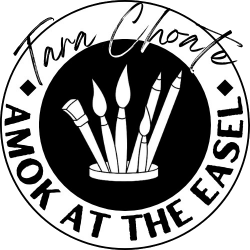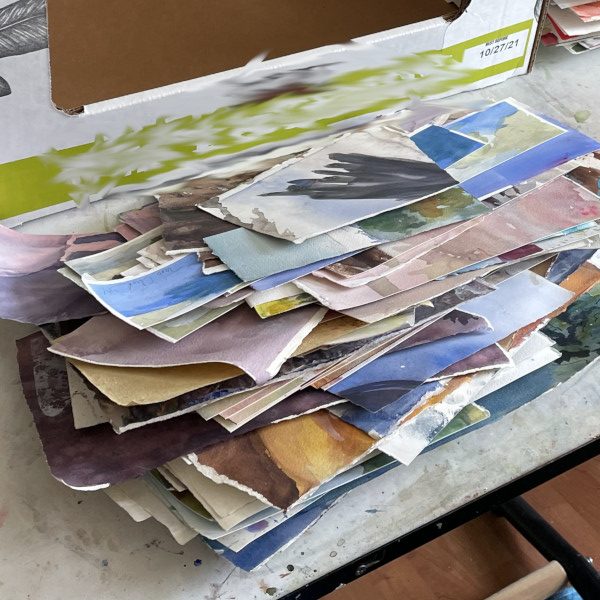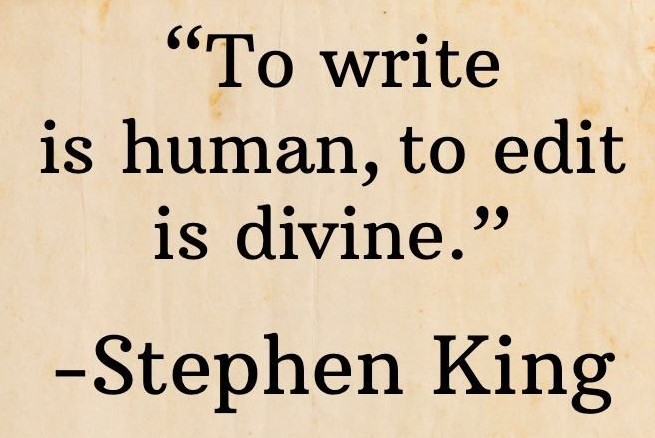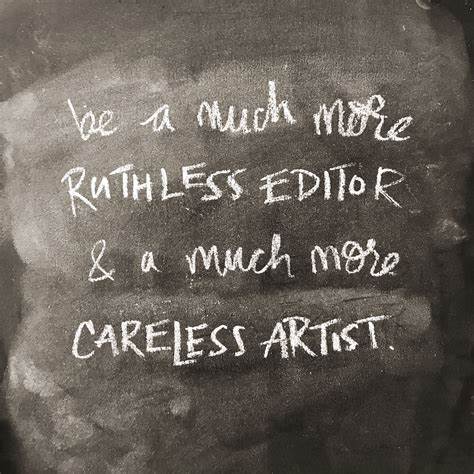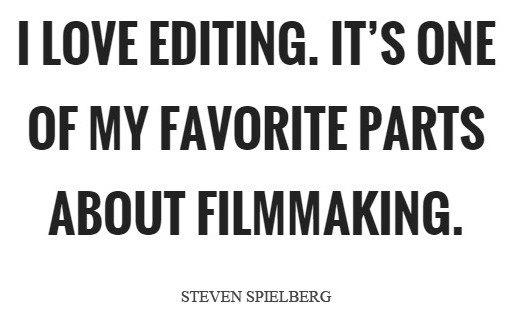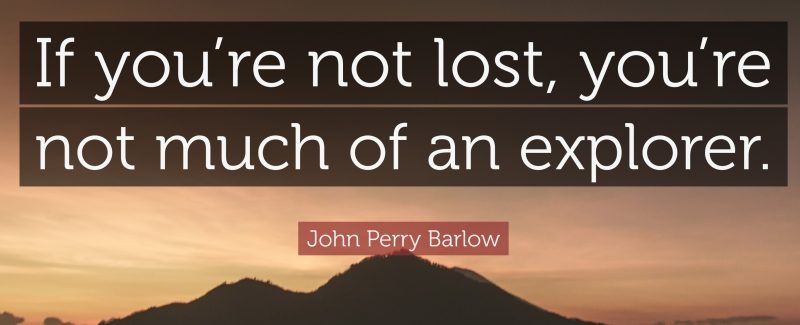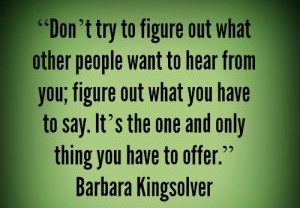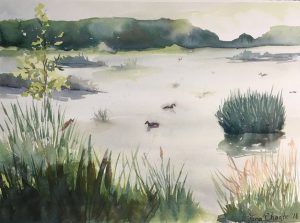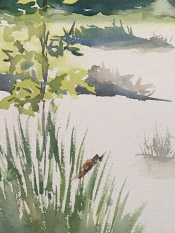Almost every discipline requires some kind of editing. If you garden, you have (at a minimum) weeds. If you cook, you try substitutions or variations. If you run, you try to better your time or lower your heart rate. With painting, there are a lot of editing opportunities.
What to paint? Materials? Colors? Which details should be left out or enhanced? The list is endless. Starting a painting is more an act of faith than an actual plan.
Once painting has commenced, the possible edits are more a process of “I choose to stop here” rather than reaching any finish line.
Depending on how you look at it, I either have a poor success rate for paintings, or (as I prefer) I try a lot new things and get lost. A lot. Fortunately, I am not precious about my paintings. When I am done with an idea, I move on.
I’ve heard many ideas for “recycling” paintings: gesso, marble, collage. And I like those ideas. They are great ideas… for other people.
In 2013, before I started this blog, I went camping and burned a bunch of paintings in the fire. In the eight years since, I have NEVER missed those paintings. In fact, as I said then, and as I said now, it feels good to say goodbye to a load of paintings that just didn’t work out.
“You are an explorer. You understand that every time you go into the studio, you are after something that does not yet exist.”
― Anna Deavere Smith, Letters to a Young Artist
This weekend, I did another massive purge. The talented painter and friend, Liz Walker, put out an email a few weeks ago asking if her friends had any failed paintings that she could have. Liz will marble over the paintings, apply stamps or stencils, and use the paper as a base or jumping off point to start new paintings. In 2020, Liz said she finished over 300 paintings; that kind of production needs raw materials. After some thought, I decided that I was comfortable giving Liz some (two bags) of my failures.
When I call a painting a “failure” what I mean is that it didn’t live up to my expectations. While I believe I can allow a painting to change as it evolves, there is a point where I either have to drastically change the idea, the medium, or my mind. If I’m not willing to do any of those things, the painting becomes a failure for me.
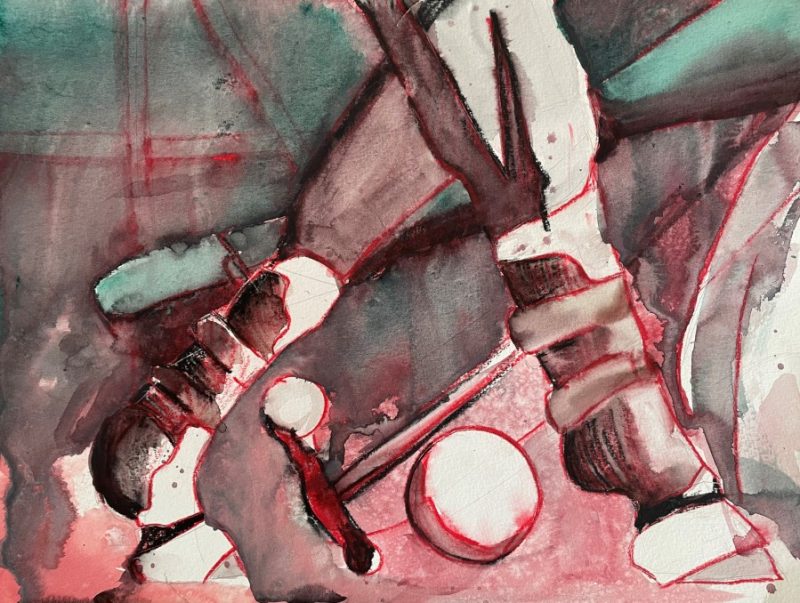
That isn’t to say that my failed paintings are 100% failures. In fact, of the 100 or so paintings that I planned to turn over to Liz, I was able to cut out more than fifty small paintings which I put into mats and frames that I will sell for $20 at some future art sale (if COVID ever freaking ends.)
As I worked my way through the pile, I pondered the passage of time. You (and I) might think that more older paintings would be cast aside in this process. Yes, some older paintings were added to the pile. But it’s a little like Marie Kondo and her “spark joy”; there are older paintings that I still see and love. Yes, I see where my painting skills have evolved, but I still see that my original idea came through.
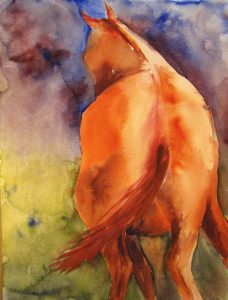
As I shifted through the pile, I reacquainted myself with some paintings that I remember as “not too bad”. But now, I’m ready to let them go. I’ve done better paintings, and I KNOW more paintings will come, and I don’t want the possibility of someone buying a piece that later becomes a Goodwill reject instead of a treasured friend.
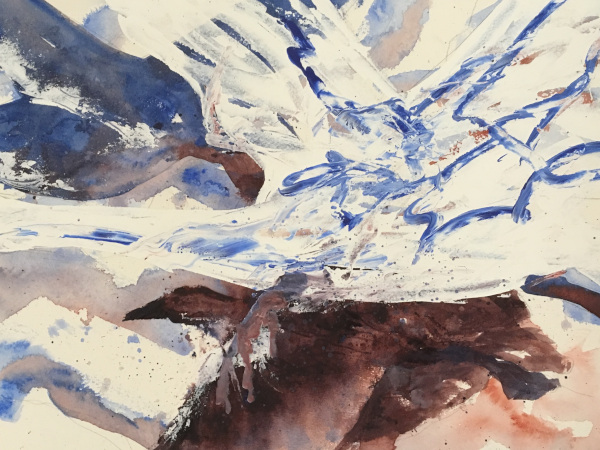
I have heard at least one friend (I can’t remember who) tell a story about a famous artist they took a class with (also, can’t remember) advising her to NEVER allow a painting she wasn’t sure about out into the world. Your value as an artist is a bit like that weakest link in the chain. If you’ve ever read a book that you adored, and then read a second book by the same author that you hated, you’ll appreciate the point.
I have been doing some reading about marketing and art portfolios, and similar to all the above, they recommend to not put EVERYTHING up on your website. In fact, they recommend the opposite. Cultivate your portfolio. It’s better to have four paintings that show off your style than eight paintings that show off your style, an experiment, and two workshops you took.
So, the available works by Tara Choate are fewer today than yesterday.
